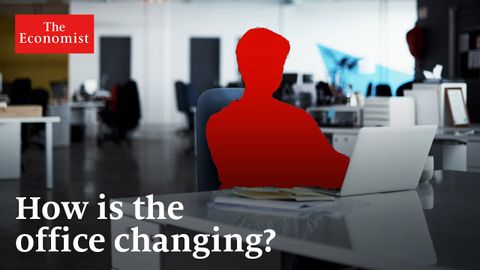辦公室是如何改變的?(How are offices changing? | The Economist)
Minjane 發佈於 2022 年 08 月 15 日  沒有此條件下的單字
沒有此條件下的單字US /ˌɪndəˈvɪdʒuəl/
・
UK /ˌɪndɪˈvɪdʒuəl/
- n. (c.)個人;單個項目;個體;個人賽
- adj.個人的;獨特的;個別的;獨特的
US /pænˈdɛmɪk/
・
UK /pæn'demɪk/
- adj.(疾病)大規模流行的,廣泛蔓延的
- n.大流行病
US /ˈkɑnˌsɛpt/
・
UK /'kɒnsept/
US /ˌdɛstəˈneʃən/
・
UK /ˌdestɪˈneɪʃn/
- n.目的地;旅遊目的地;(電腦)目標位置;(貨運)目的地
